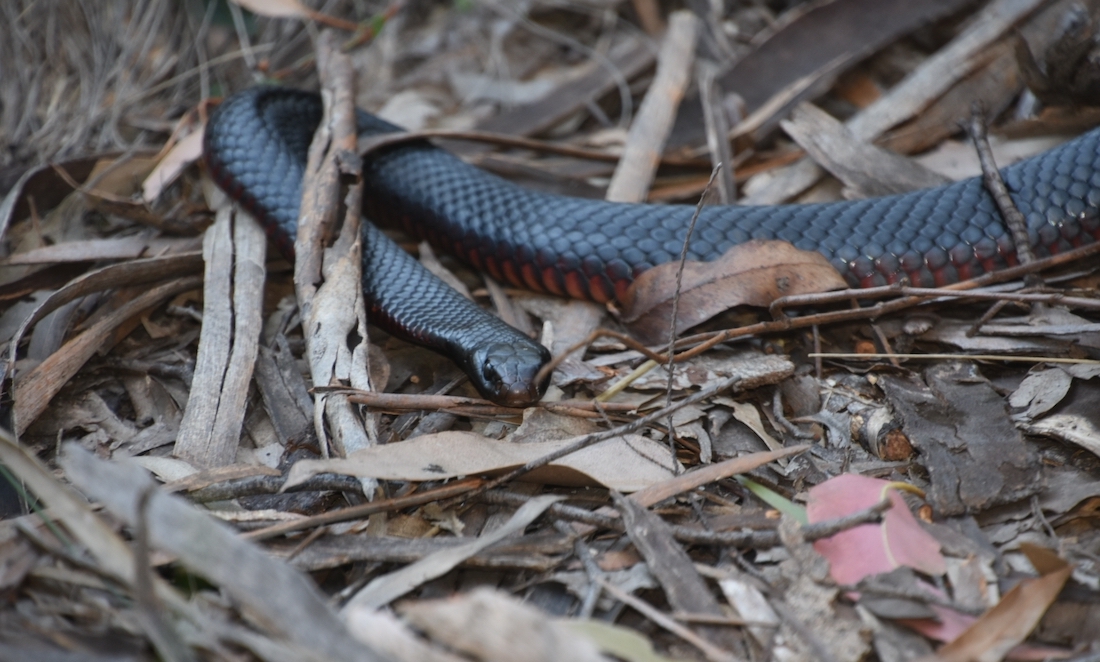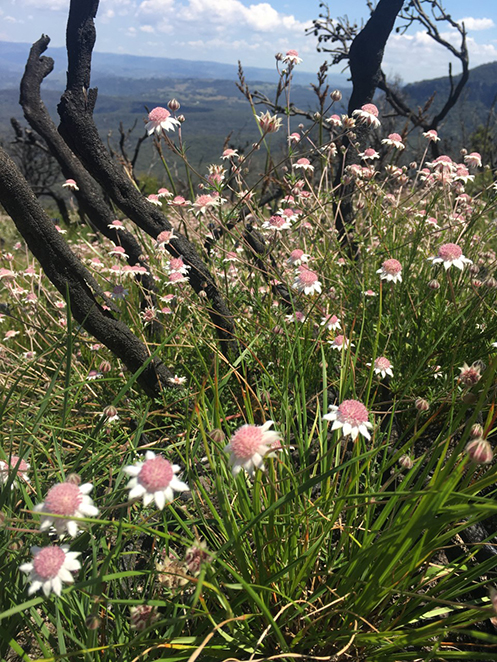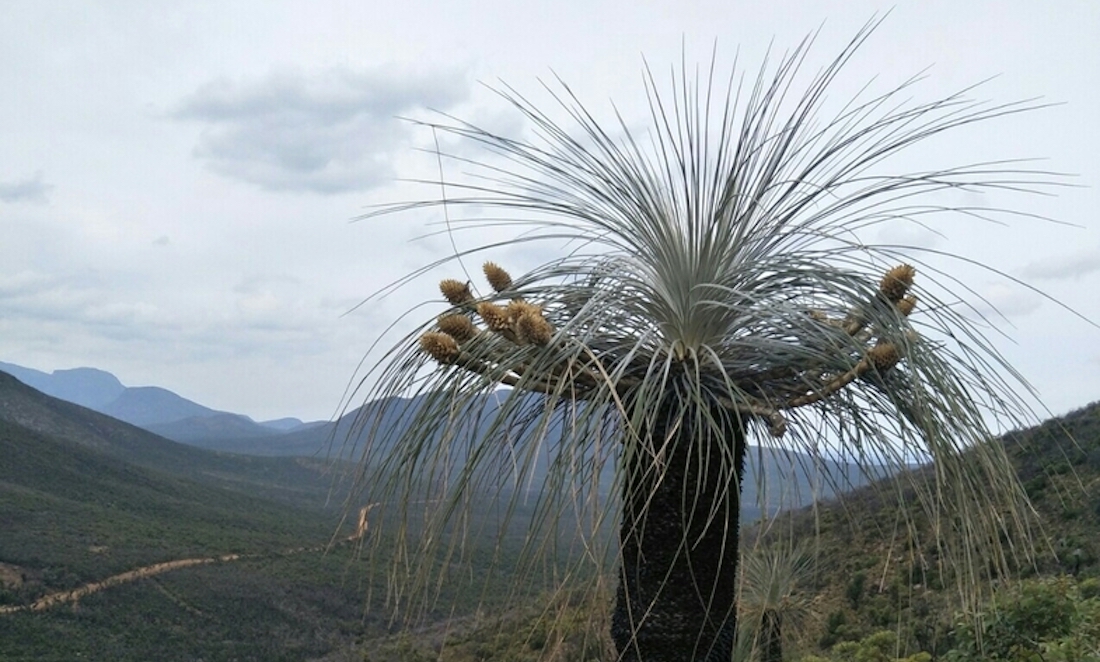Ecologists are appealing to WA locals to photograph landscapes ravaged by bushfires as part of a national study into how the environment recovers from a wildfire.
The project aims to compare and contrast the speed at which different plants and animals bounce back after bushfires.
And you don’t need to be an expert photographer or biologist to take part.
Recovery amid devastation
Casey Kirchhoff, a UNSW PhD student, started the Environmental Recovery Project after her home was destroyed in last year’s Black Summer bushfires.
Amid the loss, Casey began tracking how the bushland around her property recovered after the fire.
“I realised I was probably among a handful of scientists collecting this information,” she says.
“So I thought why not ask citizen scientists to share their photos?”
Since the project’s launch, about 400 citizens have submitted over 13,000 images.

“Trying to show that there is recovery after what has sometimes been, on the human scale, some devastating things, I think that really just connected with people,” says Dr Mark Ooi, a plant ecologist at UNSW.
Dead zone
For the researchers, one of the most interesting findings is not finding anything at all.
“We’re seeing … areas, maybe even up to a year post-fire, with no resprouting and nothing coming back,” Mark says.
“So [this project] helps us focus on trying to understand why that’s the case.”
The environmental recovery process could be related to how frequently an area is burned, the time of year a fire happens, the temperature of the fire or how much surface area it covered.
In fact, the bushfire itself isn’t the whole story.
“One of the main things we’ve started to look at is pre-fire drought, which was a big driver of fire activity [in 2020] in the first place,” Mark says.
“So if you’re already struggling as a plant and then you’re hit by a very intense fire, maybe those interactions contribute to you struggling to come back or slowing your recovery at least.”
A WA call to arms
UNSW fire ecologist Dr Ryan Tangney, who is based in Perth, says WA was also heavily impacted by fire last year.
“Our plants recover differently to those in the eastern states, because we have different climates and different [vegetation] types,” Ryan says.

“So I think it’s important that we can capture those differences.”
Ryan is encouraging people in the Perth metropolitan area to help chart the recovery from last year’s Yanchep National Park fires and the Wooroloo fires in February.
“If they’re further afield in Albany or Kalgoorlie or Dundas Nature Reserve, they can get photos out there too,” he says.
Wombat droppings and pink slugs
Mark says pictures can be taken “as soon as it is safe to do so”.
And it’s OK to photograph whatever your eye is drawn to.
“There’s always going to be the eucalyptus trees sprouting or the banksias coming back, which are the classic sort of things,” Mark says.
“There’s also those other weird things … one of the things that caught people’s eyes were these endangered pink slugs.

“And things that I probably would have just ignored, like slime moulds.
“Whatever gets you going, I think that’s a good thing.”









